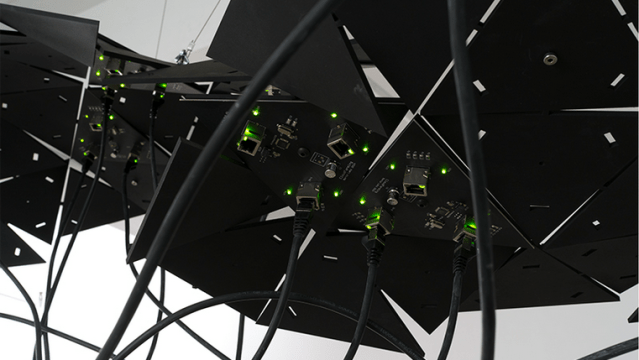Encryption is the process of encoding a message, and today we have incredibly sophisticated software and algorithms that make our encrypted messages almost impossible to decode. But how does it work? These art projects answer that question by exploring how encryption has become part of daily lives.
Once the domain of spies and engineers, encryption is now part of the art world. Artists are co-opting crypto tools to build installations, objects and sculptures that explore anonymity and digital surveillance.
Often the hardware and network infrastructure of encryption is invisible to us. These artists aim to change that by showing us what it really looks like, and how it really works — and in the process prove just how critical crypto really is.
Rebuilding the NSA’s Creepiest Surveillance Tools
In 2013, Der Spiegel published a long catalogue of tools that the NSA uses to carry out digital surveillance. That leak served as a blueprint for artist Francesco Tacchini, who decided to reverse engineer two of those tools.
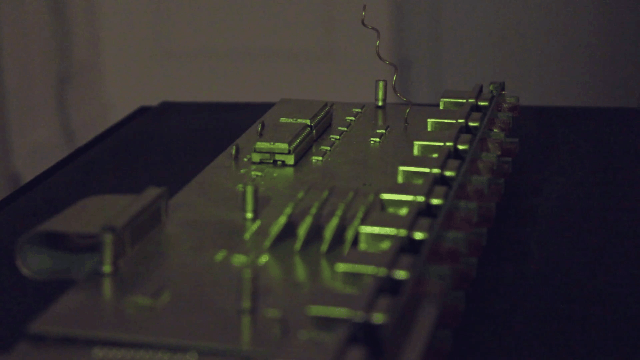
One, called CANDYGRAM, is used by the NSA to create a fake cell tower — helpful for tracking surveillance targets via their phones. Another, SPOOK-I, uses frequencies that humans can’t hear — but that any gadget with a microphone can pick up. It “surreptitiously switches a target device’s traffic from a cellular network’s area of influence onto a surveilled radio frequency,” according to the NSA’s documents.
Tacchini describes his piece, SPOOK-I, as a joint “wireless jammer and sniffer”. When you walk into the gallery, it jams your phone’s Wi-Fi signal and throws your name up on a nearby wall. Soon, you’ll receive an email from an @nsa.gov email reading “this device is now under surveillance: you have been added onto a radio frequency controlled by the US National Security Agency.” Things only get weirder from there. Read more here, or over on Creative Applications.
Tor On a Pedestal
If you’ve seen an aerial shot of the NSA headquarters recently, you probably have Trevor Paglen to thank. The artist (who you might better know from his work The Last Pictures), has spent the last few years focused on the agencies that surveil us, including renting a helicopter to take unprecedented aerial photos of the banal suburban headquarters of the NSA, the National Reconnaissance Office, and the National Geospatial-Intelligence Agency.
In his latest gallery show at Altman Siegel in San Francisco, Paglen is showing off something called an Autonomy Cube.
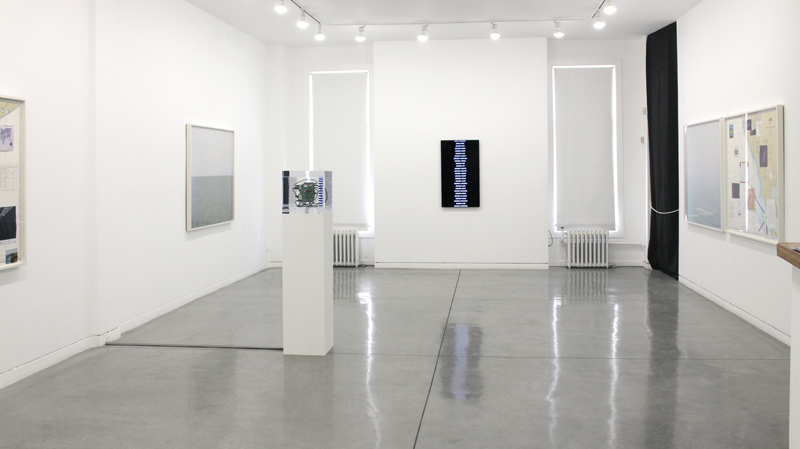
Built with fellow artist Jacob Appelbaum, it’s a Wi-Fi hotspot that anyone in the gallery can connect to and browse through. “But Autonomy Cube does not provide a normal internet connection,” explains Paglen. “The sculpture routs all of the Wi-Fi traffic over the Tor network, a global network of thousands of volunteer-run servers, relays, and services designed to help anonymise data.”
https://twitter.com/ioerror
So wherever Autonomy Cube is installed, it serves as a place where users can anonymise their data. What’s more, Paglen says, is that it’s also a Tor relay that can be used by anyone in the world for the same purpose.
A Mixtape Even the NSA Can’t Hear

The software engineer David Huerta calls it “a soundtrack for the modern surveillance state.” It’s a mixtape on an SD card — but one that’s encrypted, so only people with the private key can listen to it. He sent the tape to NSA headquarters as a little reminder: “The NSA can read my stupid Facebook updates but without my consent it will never be able to listen to my kick-arse mix tape, even if it’s sitting right in front of them.”
Encryption Through Social Media
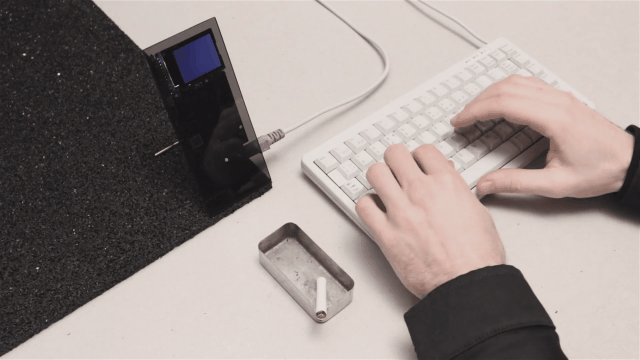
There are plenty of ways to encrypt your messages online these days, but none of them are quite like Cuckoo. Right now, our social networks — from Facebook to Twitter — are a rich source for surveillance. But Cuckoo turns those social networks into a tool to hide information, instead.
Built by the Berlin researcher Jochen Maria Weber and also brought to light by Creative Applications, it takes a message and scatters it in random bits across a collection of social networks, from Tumblr to Facebook. Then, the receiving Cuckoo device can decrypt the various scattered bits using the ever-changing encryption method, explains Weber. “Heavy data collection, surveillance and control became normal and more important, increasingly legal on most internet communication platforms,” he writes. “What if we used social networks but hiding our actual information?”
Packet Sniffing Sculptures
Walking by Addie Wagenknecht‘s sculpture xxxx.xxx in the gallery, you’d notice hundreds of green lights blinking on its tangled surface — and maybe you wouldn’t even stop to recognise what those lights meant. But these wall-mounted circuit boards are “packet sniffers,” which smell data from Wi-Fi signals nearby and sift through it — each green light represents data being picked up from insecure networks nearby.
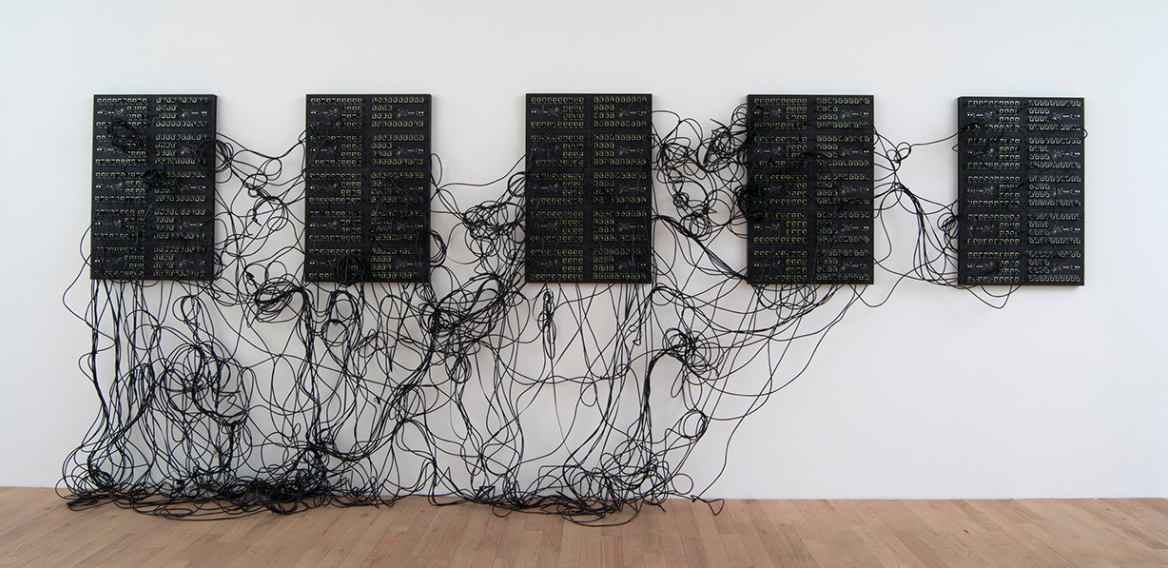
Wagenknecht makes pieces that don’t fit into any one genre — many are sculptures, but they’re also pieces of hardware that Wagenknecht has built and programmed to carry out specific conceptual tasks. Her first solo show at bitforms gallery this winter showed off a few fascinating examples, thanks to a series of sculptures called Data and Dragons, which are built to intercept data from nearby Wi-Fi networks.

Another piece called Cloud Farming hangs from the ceiling as a visual pun on its title since it, too, is sifting data from the invisible networks that float through the gallery. As the visitor, you might jump onto the gallery’s Wi-Fi and check your email — perhaps you’d see a burst of green light overhead as the data passed through the sculpture.
Read a great interview with Wagenknecht here, or check out Deep Lab, a documentary about the work of Wagenknecht and other cyberfeminist artists and researchers.
Pictures: bitforms gallery, New York
